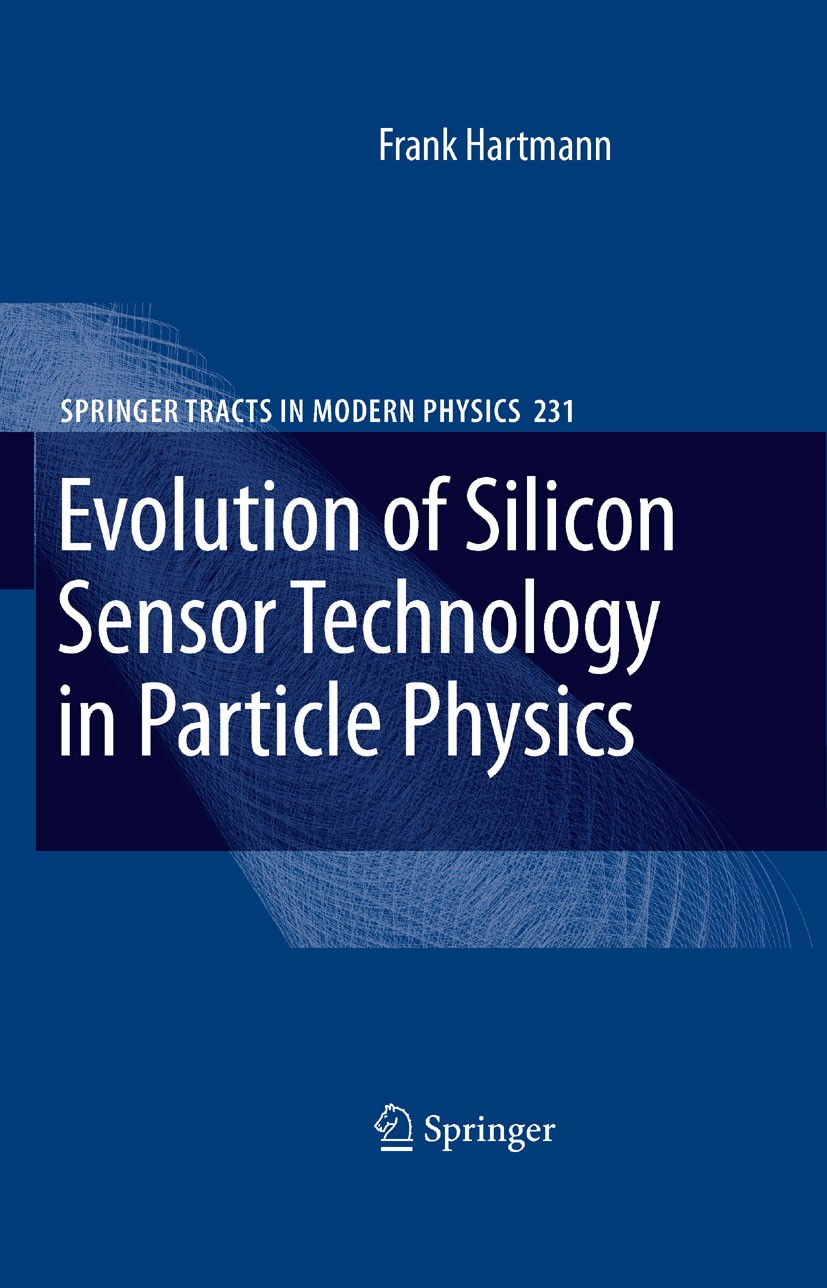| 书目名称 | Evolution of Silicon Sensor Technology in Particle Physics |
| 编辑 | Frank Hartmann |
| 视频video | http://file.papertrans.cn/318/317758/317758.mp4 |
| 概述 | Surveys the technological evolution of silicon detectors and their impact on high- energy particle physics.Includes coverage of the DELPHI, CDF II and the CMS tracking detectors.Covers both small stri |
| 丛书名称 | Springer Tracts in Modern Physics |
| 图书封面 |  |
| 描述 | In the post era of the Z and W discovery, after the observation of Jets at UA1 and UA2 at CERN, John Ellis visioned at a HEP conference at Lake Tahoe, California in 1983 “To proceed with high energy particle physics, one has to tag the avour of the quarks!” This statement re ects the need for a highly precise tracking device, being able to resolve secondary and tertiary vertices within high-particle densities. Since the d- tance between the primary interaction point and the secondary vertex is proportional tothelifetimeoftheparticipatingparticle,itisanexcellentquantitytoidentifypar- cle avour in a very fast and precise way. In colliding beam experiments this method was applied especially to tag the presence of b quarks within particle jets. It was rst introduced in the DELPHI experiment at LEP but soon followed by all collider - periments to date. The long expected t quark discovery was possible mainly with the help of the CDF silicon vertex tracker, providing the b quark information. In the beginning of the 21st century the new LHC experiments are beginning to take 2 shape. CMS with its 206m of silicon area is perfectly suited to cope with the high luminosity environment. Even lar |
| 出版日期 | Book 20091st edition |
| 关键词 | Collider; Detector; Hadron; High Energy Physics; Linear Collider; Particle Physics; Quality Control; Silico |
| 版次 | 1 |
| doi | https://doi.org/10.1007/b106762 |
| isbn_softcover | 978-3-642-06416-6 |
| isbn_ebook | 978-3-540-44774-0Series ISSN 0081-3869 Series E-ISSN 1615-0430 |
| issn_series | 0081-3869 |
| copyright | Springer-Verlag Berlin Heidelberg 2009 |
 |Archiver|手机版|小黑屋|
派博传思国际
( 京公网安备110108008328)
GMT+8, 2025-12-26 16:51
|Archiver|手机版|小黑屋|
派博传思国际
( 京公网安备110108008328)
GMT+8, 2025-12-26 16:51


